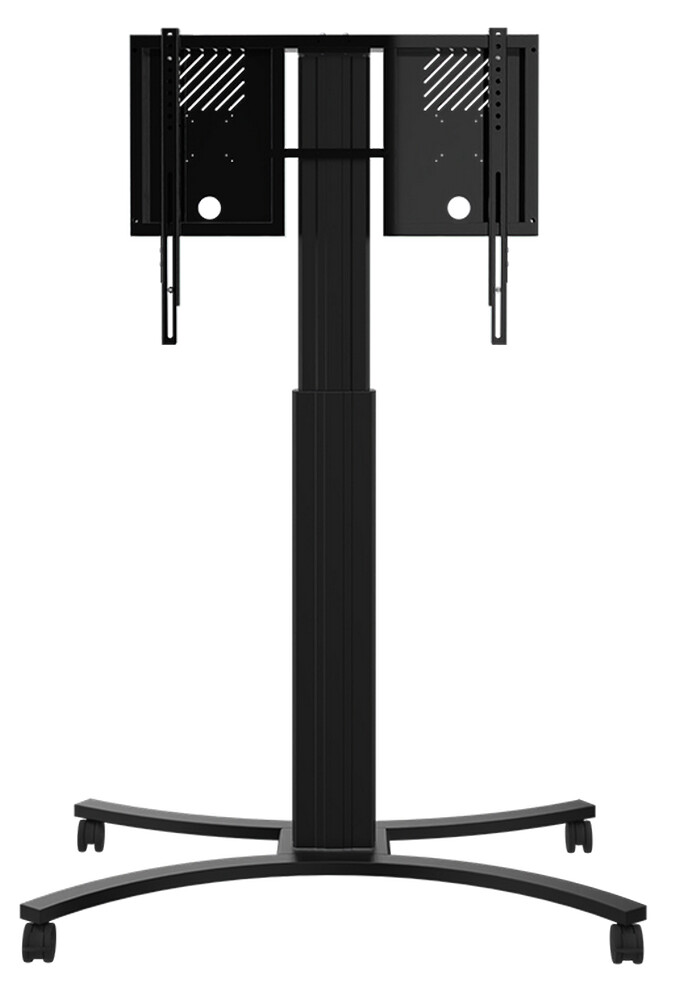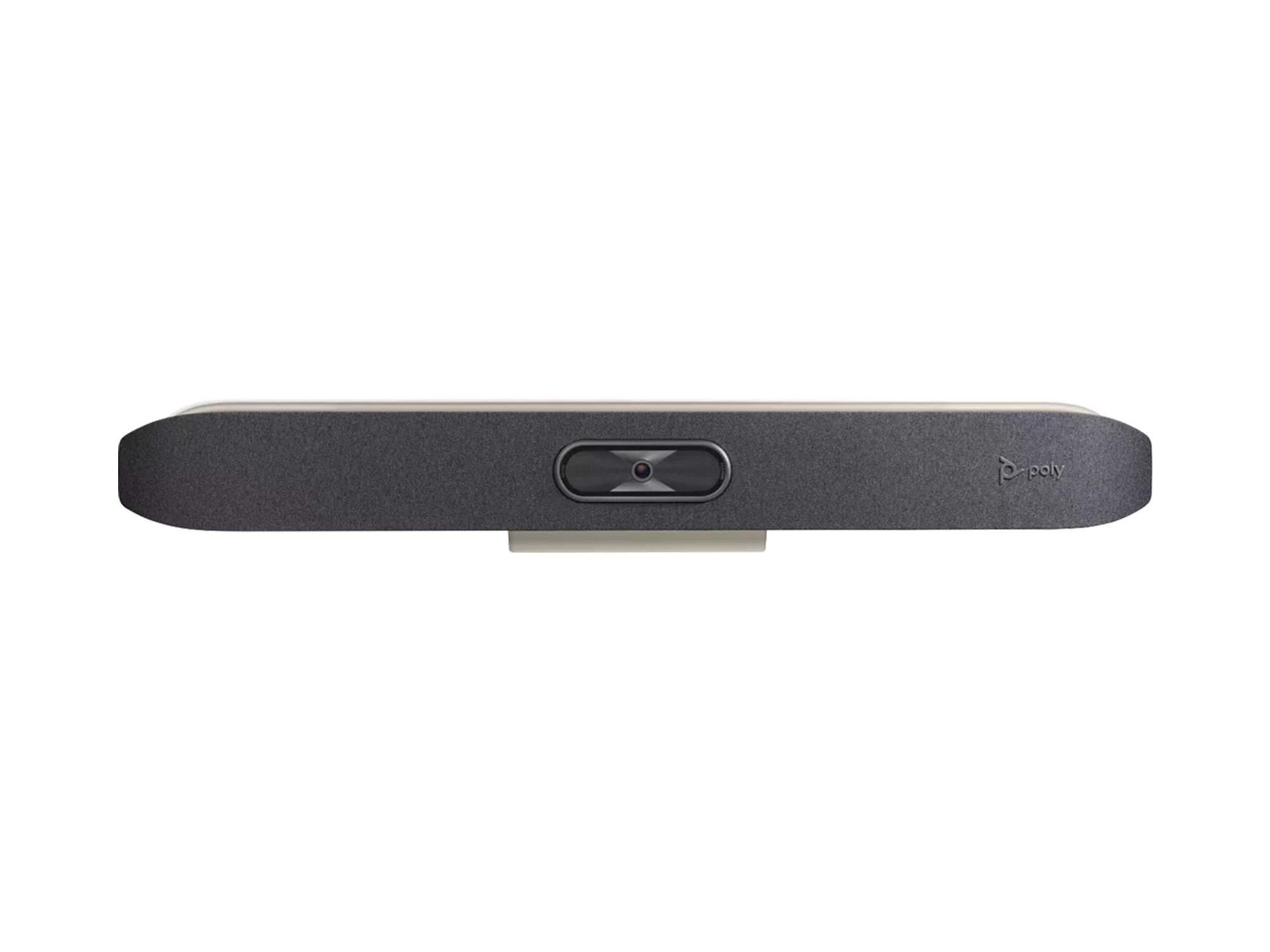















£2,267.46*
- Resolution 3840 x 2160 4K UHD
- Panel type IPS
- Contrast Ratio 1,200 :1
- Aspect Ratio 16:9


Frequently purchased together
Product information
The Panasonic TH-75SQE2W 4K Professional Display is designed for 24-hour continuous operation and crystal clear viewing. The display offers 500cd/m² brightness with an anti-reflective panel and minimal haze of 25%, reducing ambient light reflection and greatly improving visibility in all environments. For ultimate flexibility and a clean look without set-top boxes or cables, the TH-75SQE2W is also equipped with a slot for the Intel® SDM specification, which supports applications such as digital signage and broadcasts with a built-in PC, terminal board or wireless presentation system.
- High picture quality and good readability, suitable for various scenes
- Excellent reliability and easy installation
- Various external connections for conference room and signage applications
High picture quality
The brightness of 500 cd/m² enables clear video reproduction in brightly lit conference rooms, Classrooms and retail spaces. The SQE2 series features a non-glare surface treatment that reduces ambient light reflection and improves visibility.
Excellent reliabilityA highly reliable model that supports vertical and tilt installation and 24-hour continuous operation. Equipped with 4 HDMI™, Digital Out, USB-C (15 W), 3 USB-A, DisplayPort and Intel® SDM specification slot as standard.
Various external links
SQE2 is equipped with Android™ OS and is compatible with HTML5 browser for easy use with digital signage. Equipped with Wireless Display function. You can transmit your PC's screen without connecting cables.
Extremely reliable panels for 24/7 operation
The SQE2W series uses extremely robust components required for professional use and can be installed vertically. The life of the panels is not affected by vertical installation. Ideal for installation in locations where information is constantly being transmitted, such as signage at entrances.
Supports the Intel® SDM specification slot standard
The SQE2W series is equipped with the Intel® SDM specification slot standard, which supports 4K signals. In combination with the interface card, you can easily use an integrated PC and add various interfaces. For example, a PressIT receiver card can be installed.Equipped with USB Type C for convenient mobile device input
The SQE2W series is equipped with a variety of input ports. One of them is USB-C (15W), which enables the connection of mobile devices. No switches or converters are required for conferences that require a variety of devices.
Technical data
| Name | Panasonic TH-75CQE2W 75" Display |
|---|---|
| Article number | 1000028739 |
| GTIN/EAN | 0885170410169 |
| Manufacturer SKU | TH-75SQE2W |
| Model name | TH-75CQE2W |
| Brand | Panasonic |
| Product Type | Non-Touch Display |
| Technology | LCD |
| Panel type | IPS |
| Resolution | 3840 x 2160 4K UHD |
| Diagonal | 75" |
| Aspect Ratio | 16:9 |
| Viewing angle - Horizontal | 178° |
| Viewing angle - Vertical | 178° |
| Contrast Ratio | 1,200 :1 |
| run-time | 24/7 |
| Response time | 8ms |
| Support - VESA | 600 x 400 |
| Frame width | 8.4 mm |
| Inputs | 1x 3,5mm Jack , 1x Displayport , 1x USB-C , 4x HDMI , 4x USB-A |
| Outputs | 1x 3,5mm Jack , 1x HDMI |
| Features | Integrated media player , Integrated speaker , Portrait Mode |
| Product width | 168.4 cm |
| Product height | 96.8 cm |
| Product depth | 10 cm |
| Weight | 36.8 kg |
| Colour | Black |
| EEK Spectrum | A to G |
| Delivery contents | RS232 cable , Remote control |
| Condition | New |
| Warranty | 36 Month |
| Warranty type | Onsite Repair Service and support information |
Product safety
| Person responsible for the EU |
|---|
| Panasonic Deutschland |
| Winsbergring 15 |
| 22525 Hamburg |
| Germany |
| panasonic.de@eu.panasonic.com |












